-
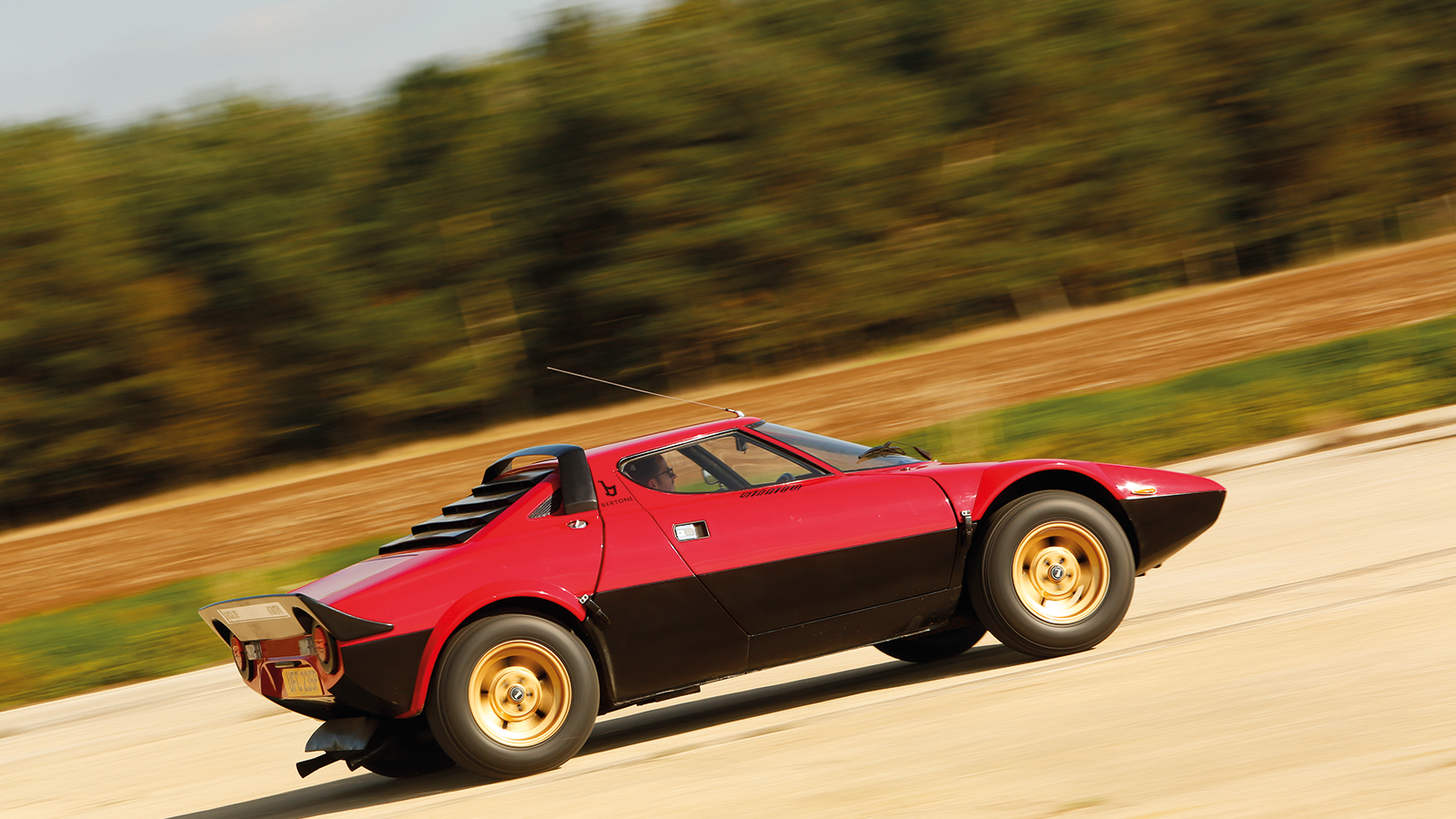 © Tony Baker/Classic & Sports Car
© Tony Baker/Classic & Sports Car -
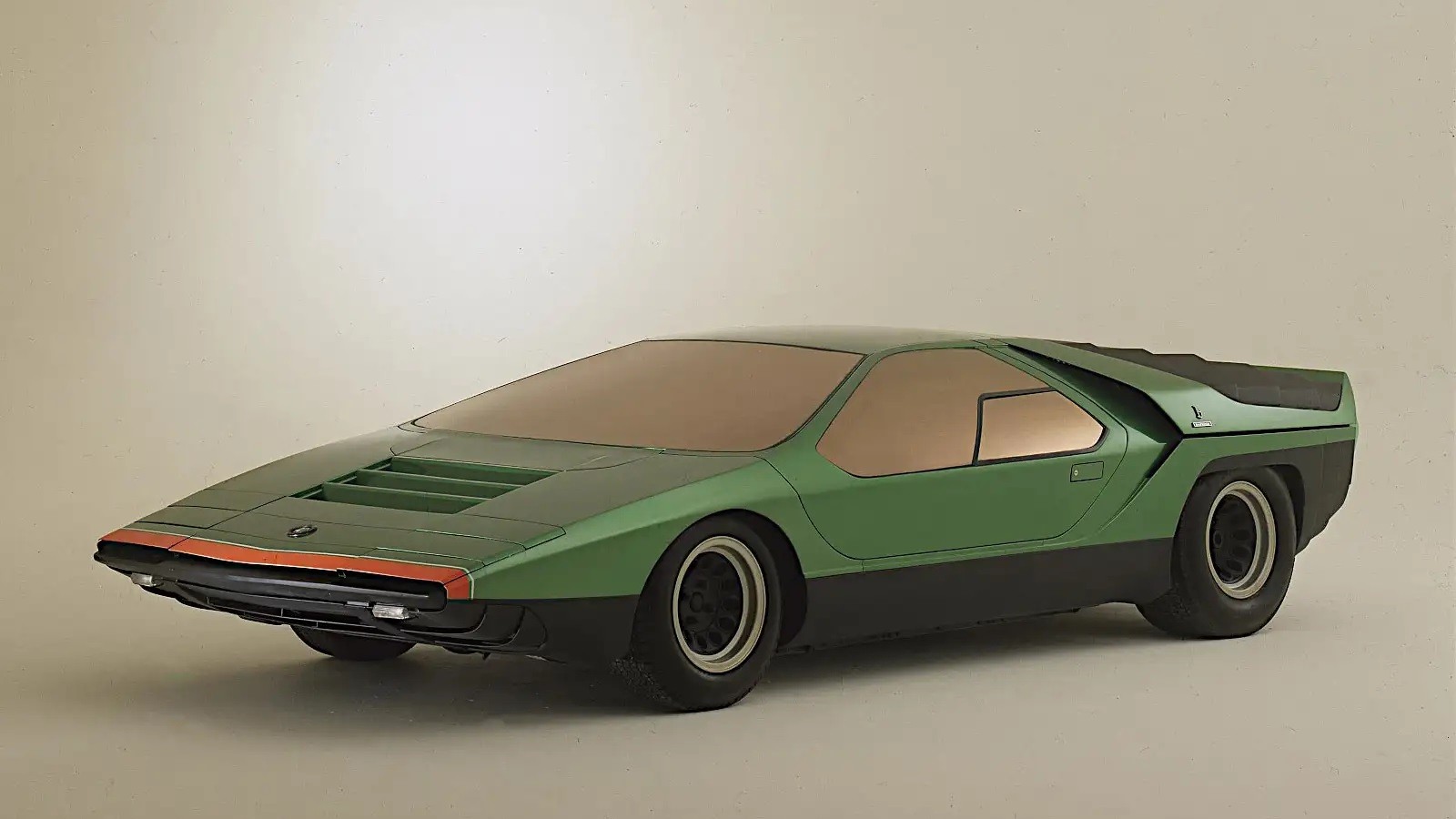 © Stellantis
© Stellantis -
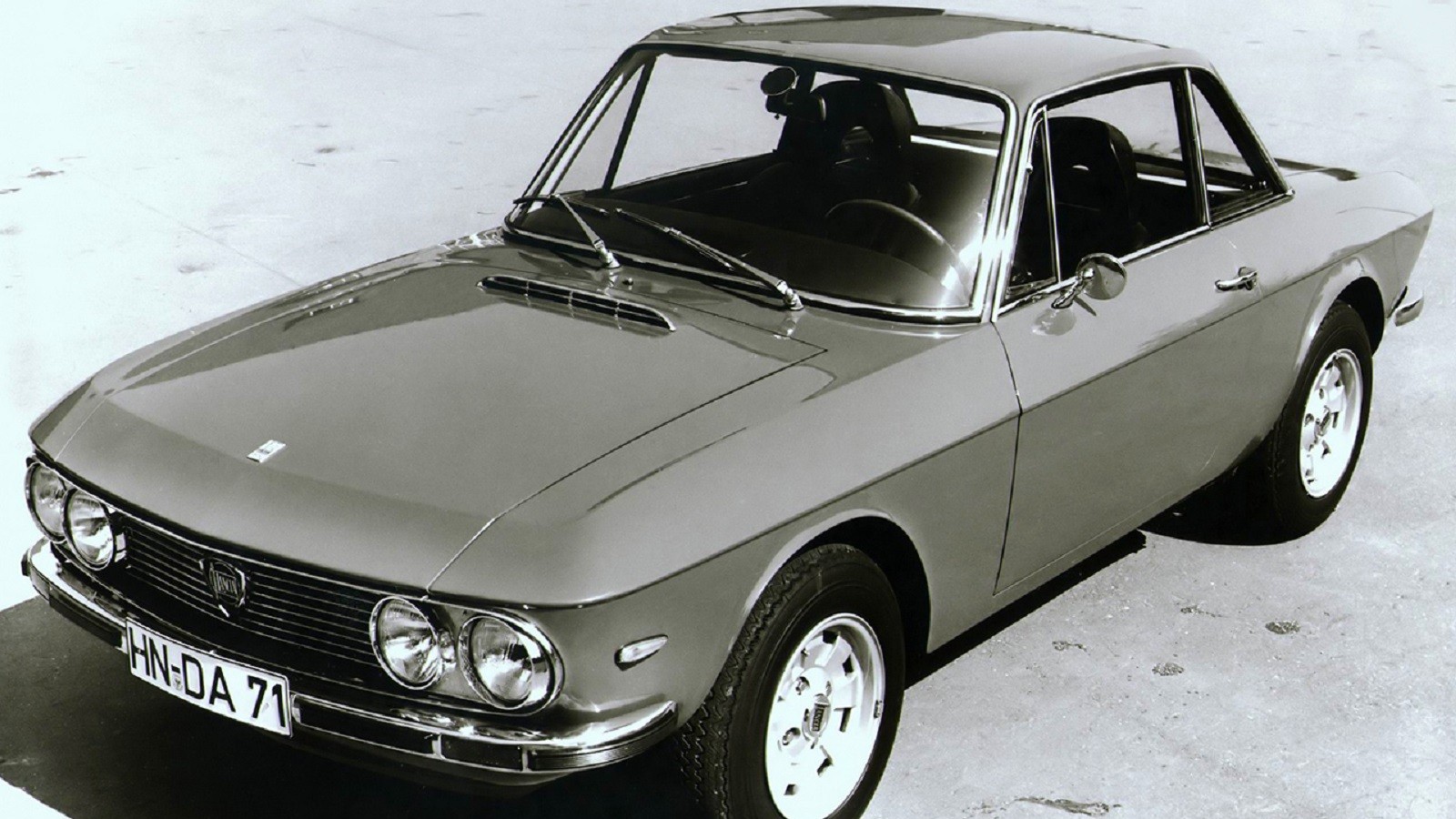 © Stellantis
© Stellantis -
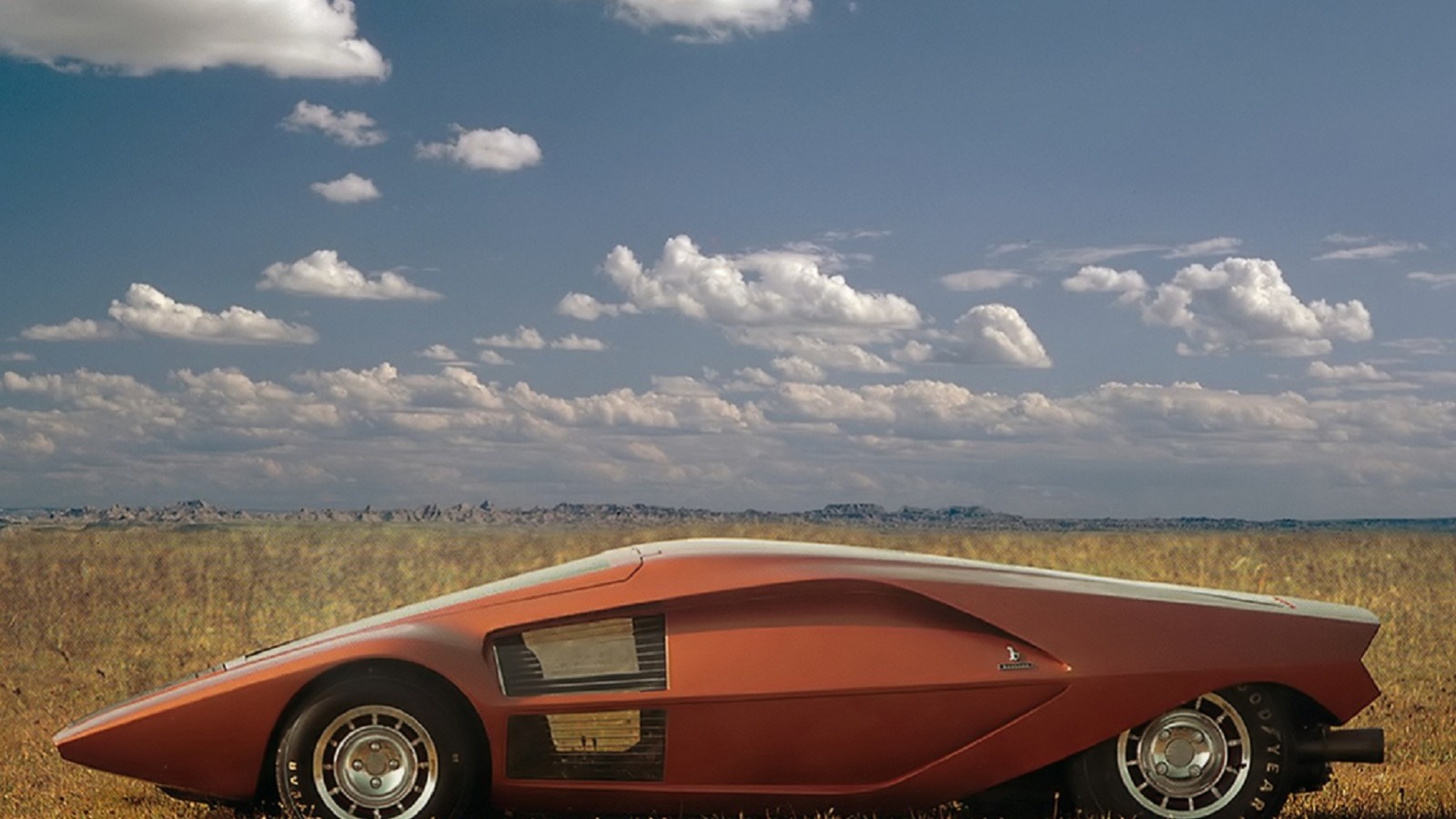 © Stellantis
© Stellantis -
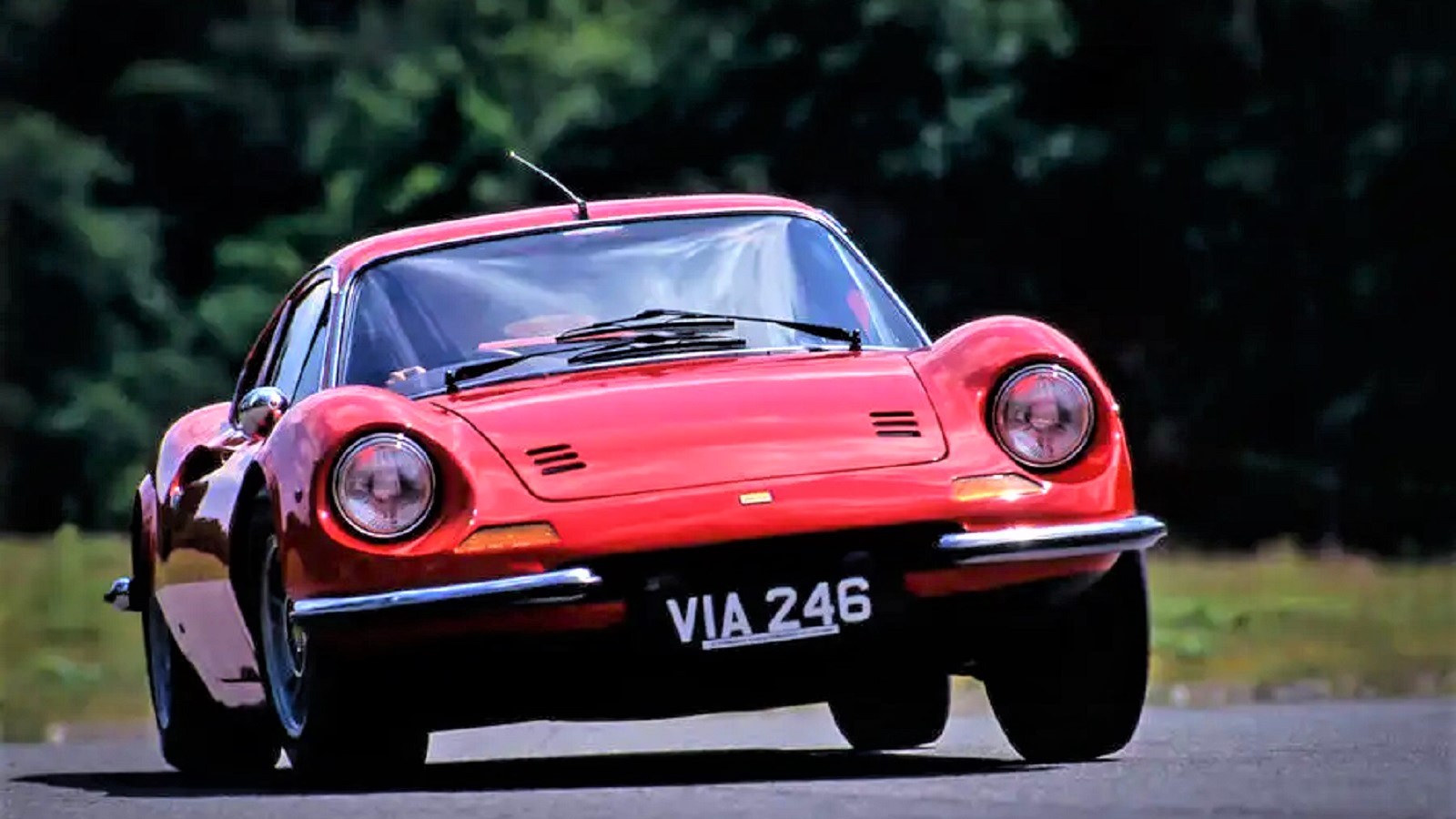 © Haymarket Automotive
© Haymarket Automotive -
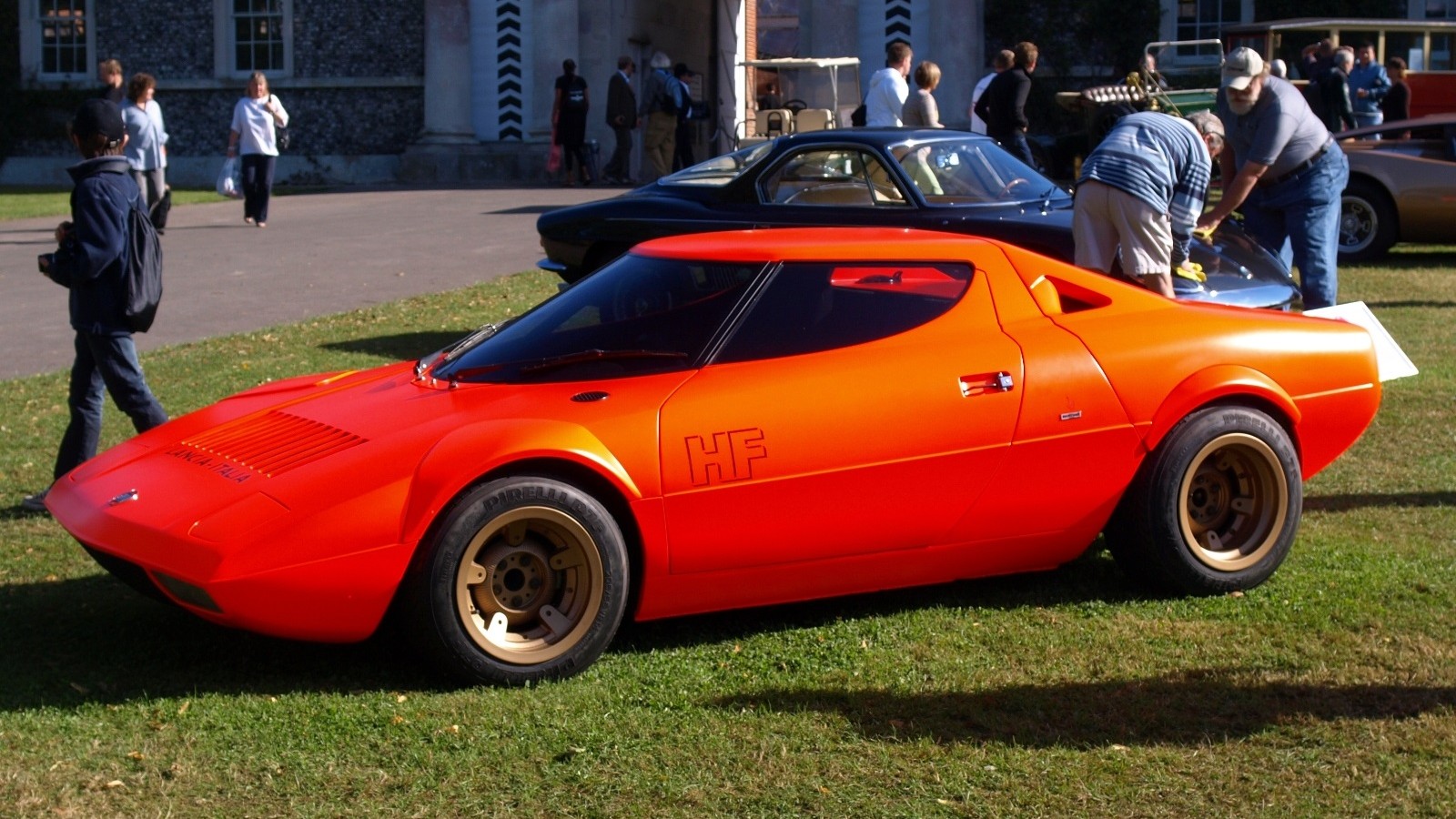 © Estroril/Wikimedia Commons
© Estroril/Wikimedia Commons -
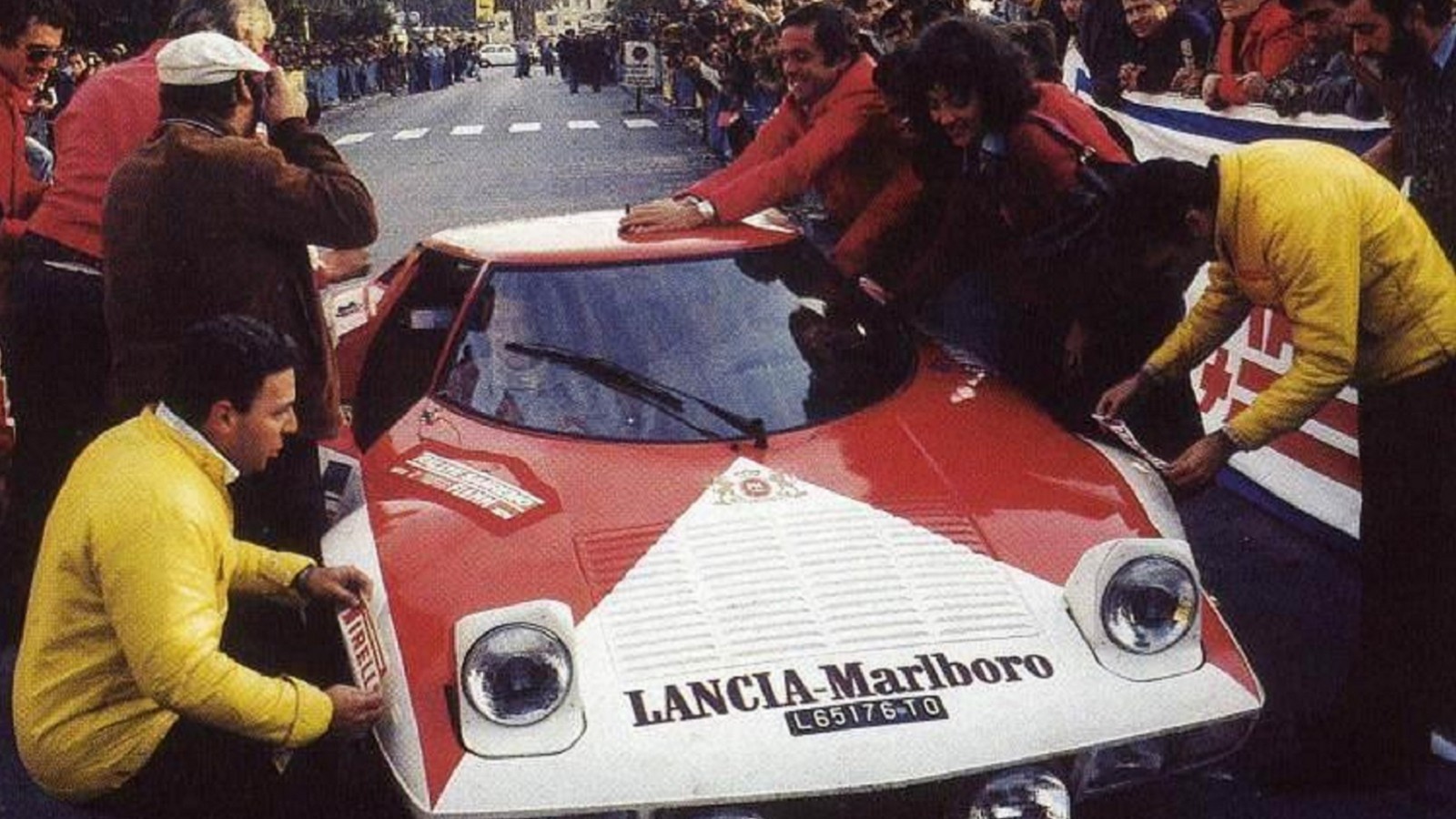 © lanciastratos.com
© lanciastratos.com -
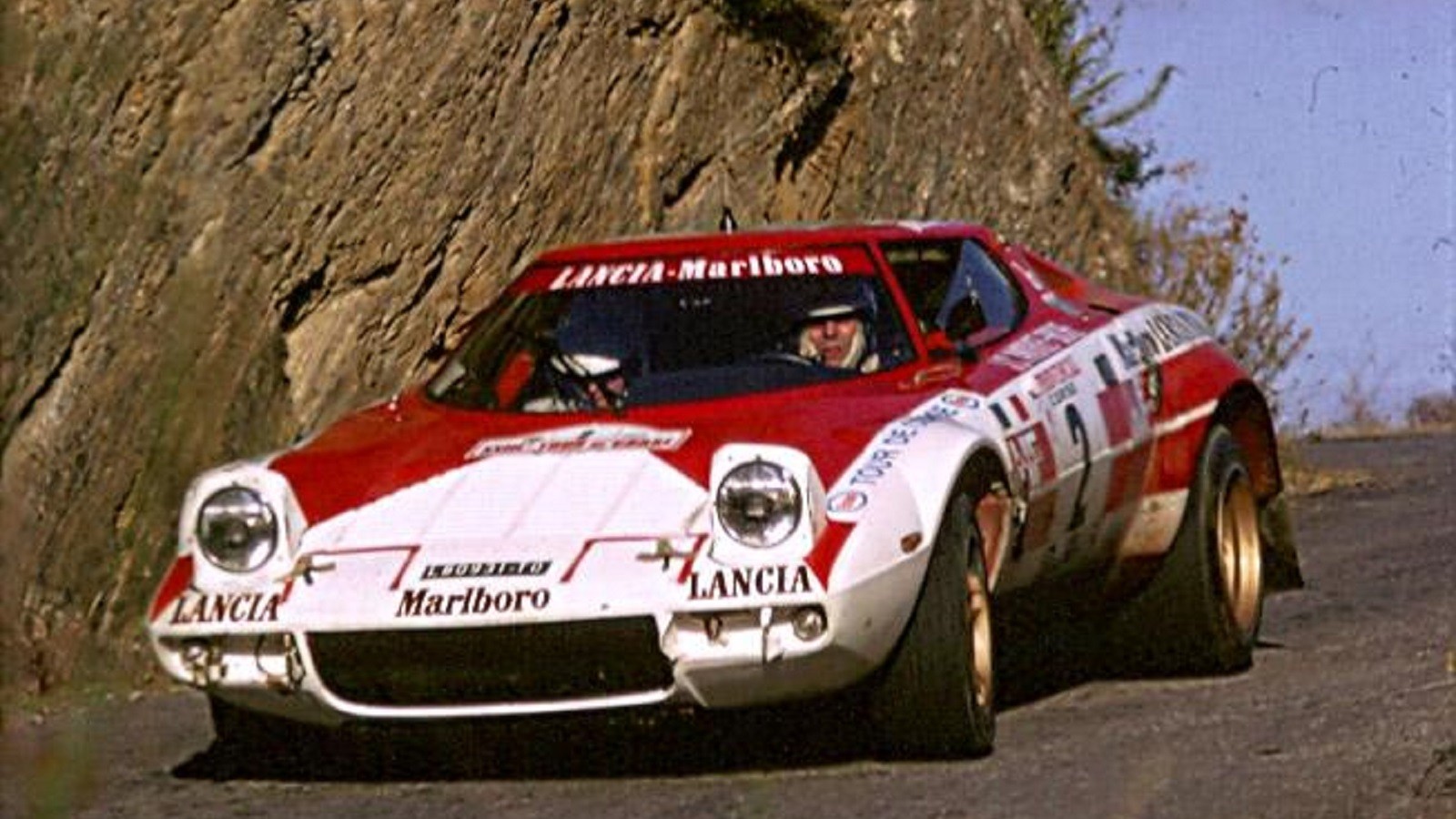 © lanciastratos.com
© lanciastratos.com -
 © Stellantis
© Stellantis -
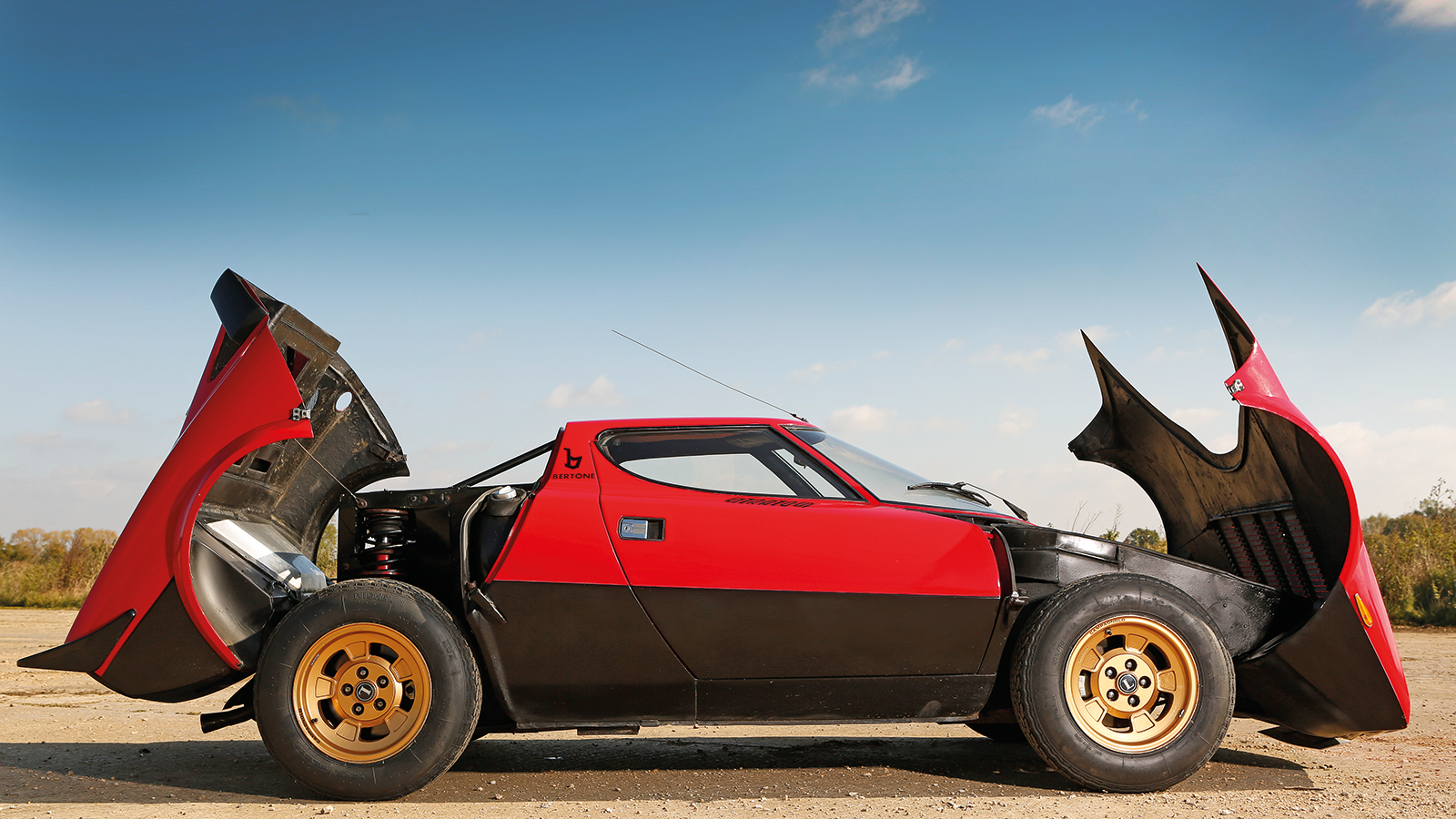 © Tony Baker/Classic & Sports Car
© Tony Baker/Classic & Sports Car -
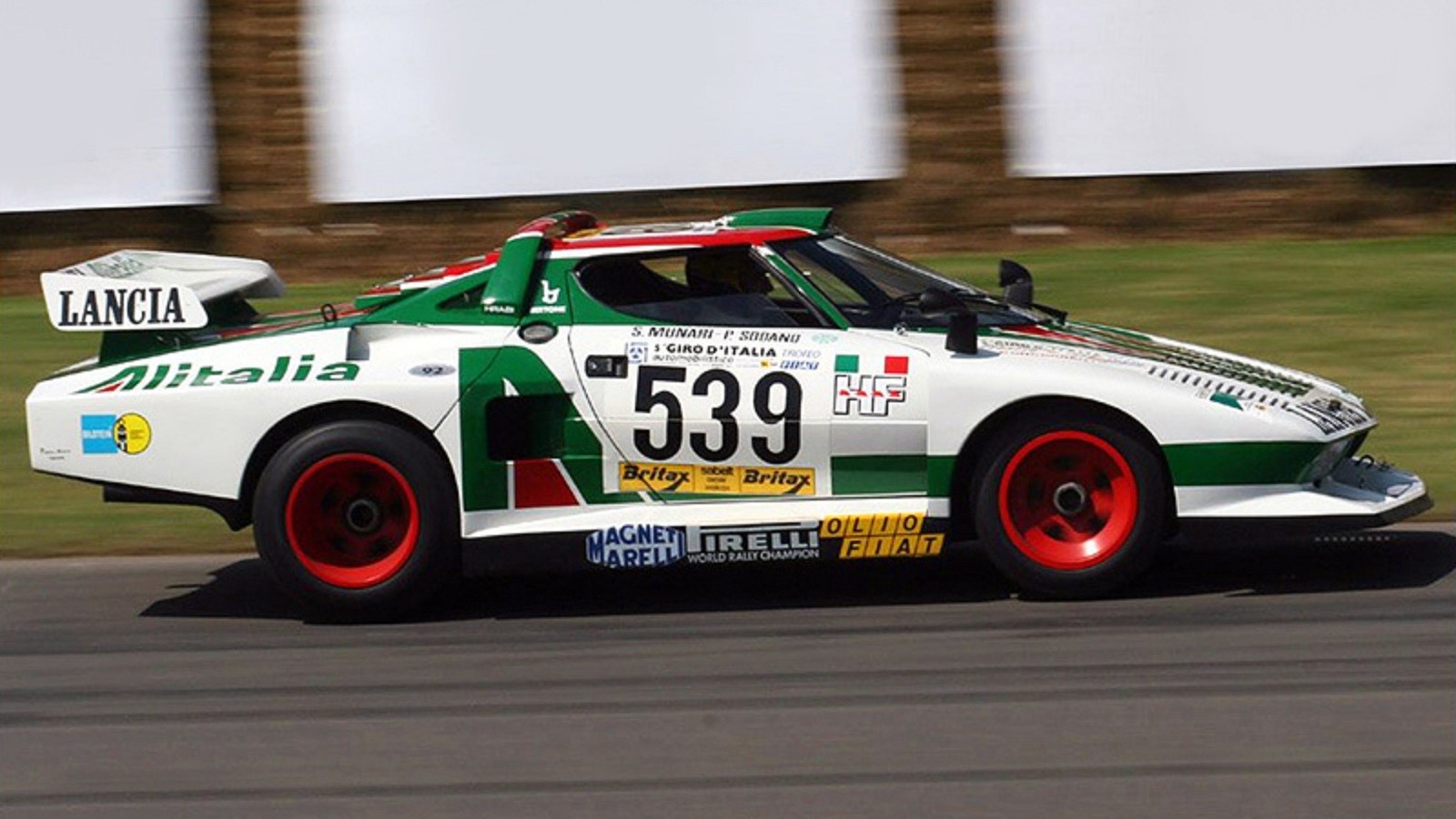 © Stellantis
© Stellantis -
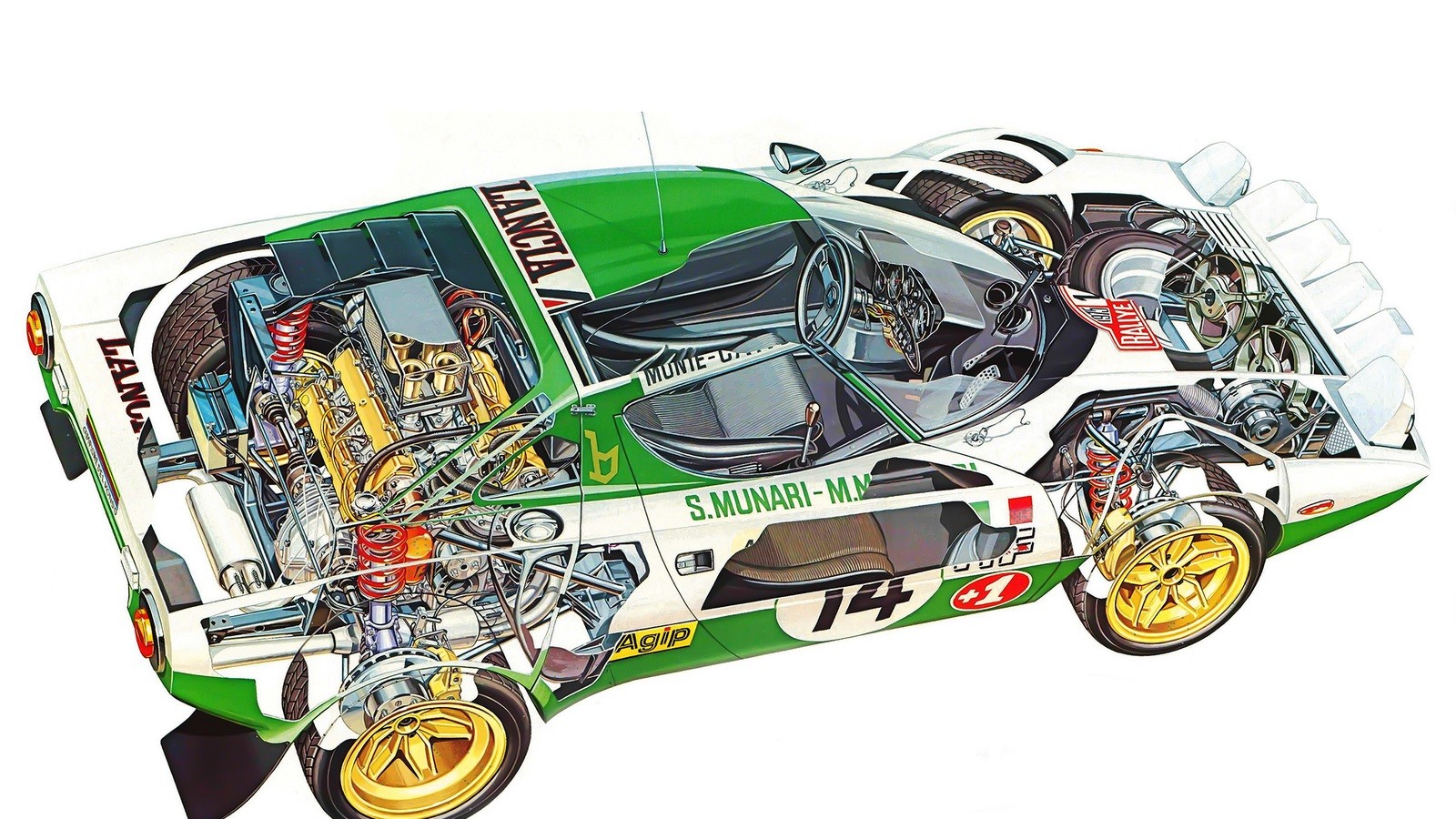 © Haymarket Automotive
© Haymarket Automotive -
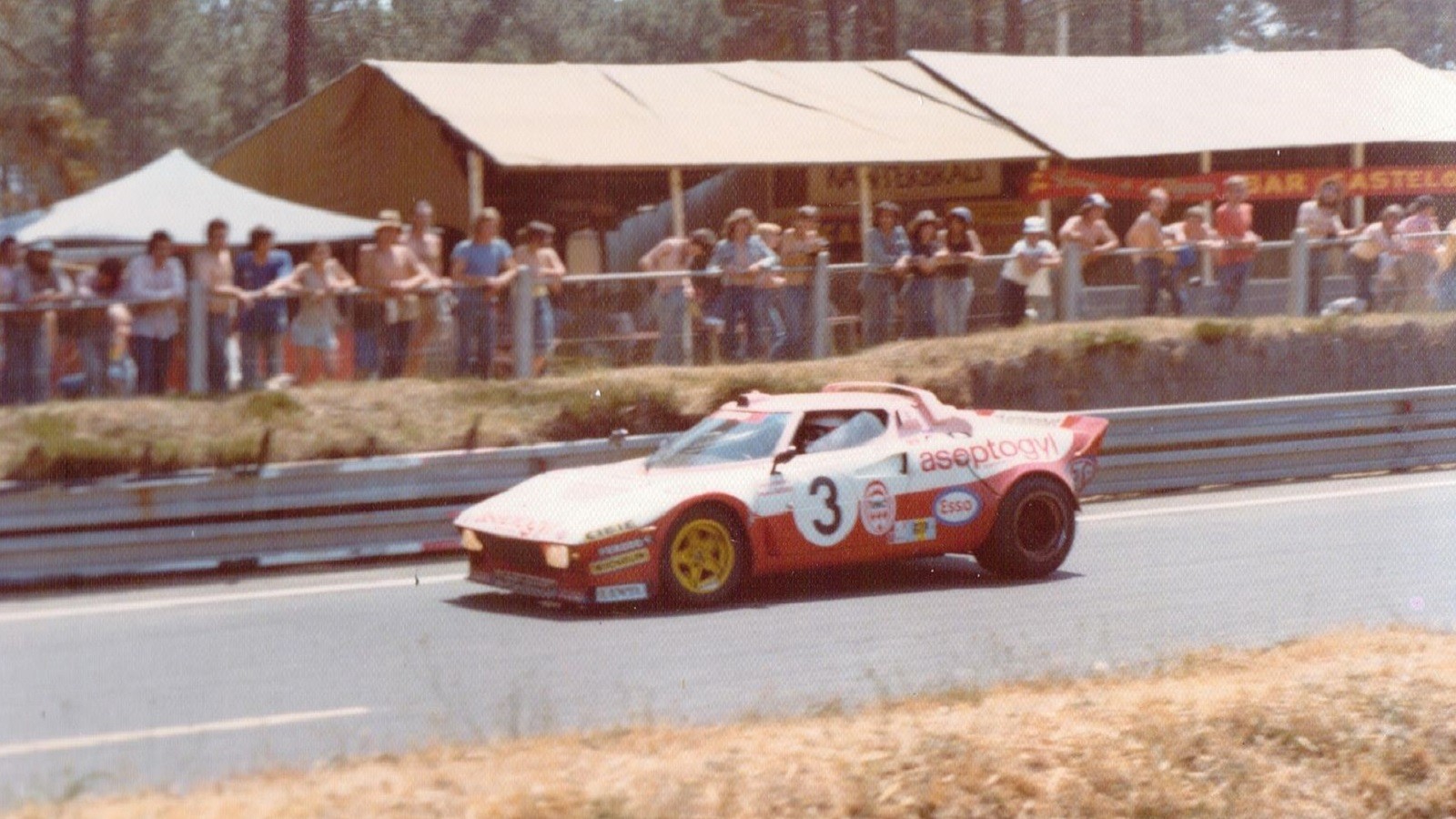 © John Pease/Wikimedia Commons
© John Pease/Wikimedia Commons -
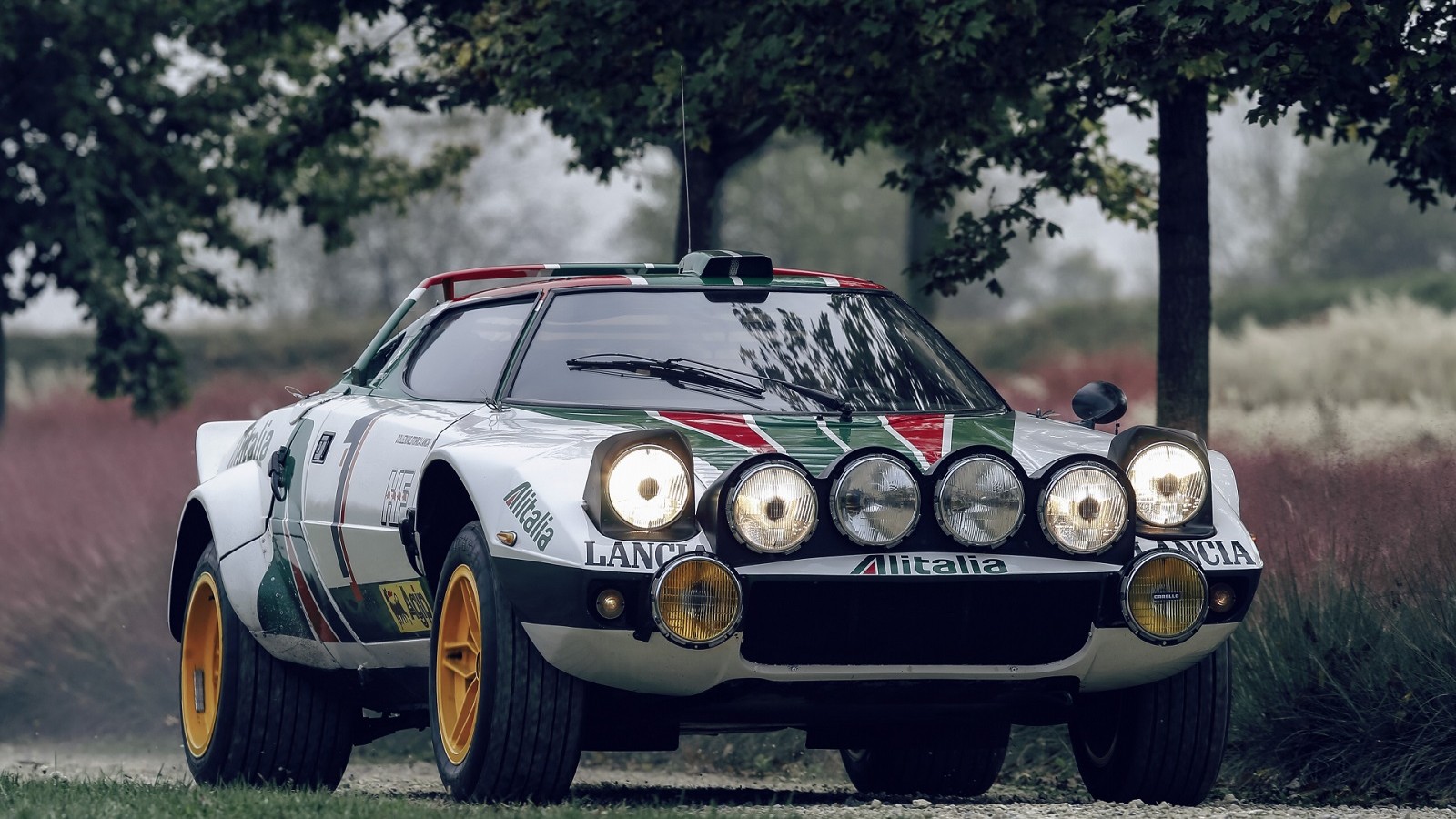 © Stellantis
© Stellantis -
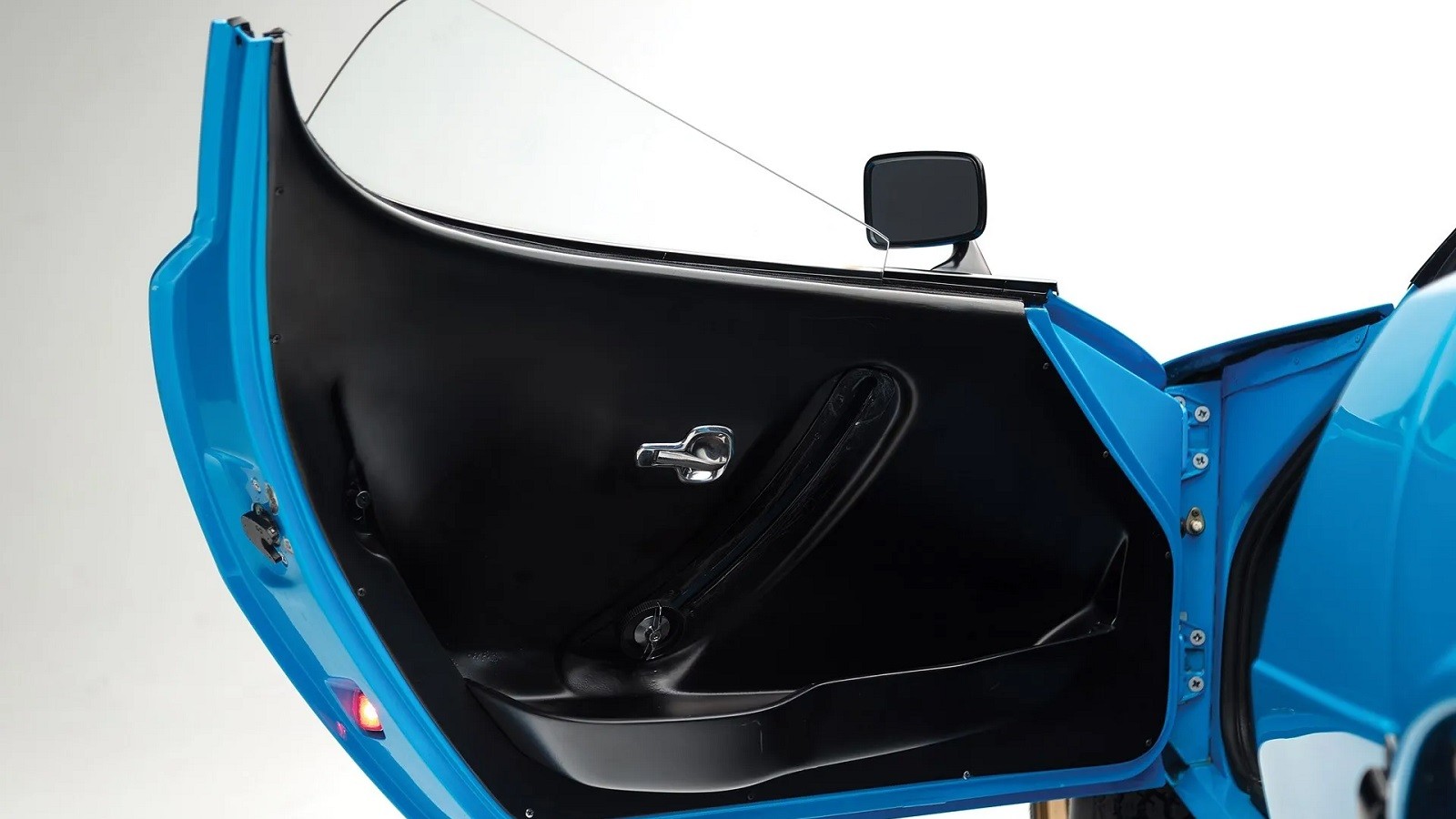 © RM Sotheby’s
© RM Sotheby’s -
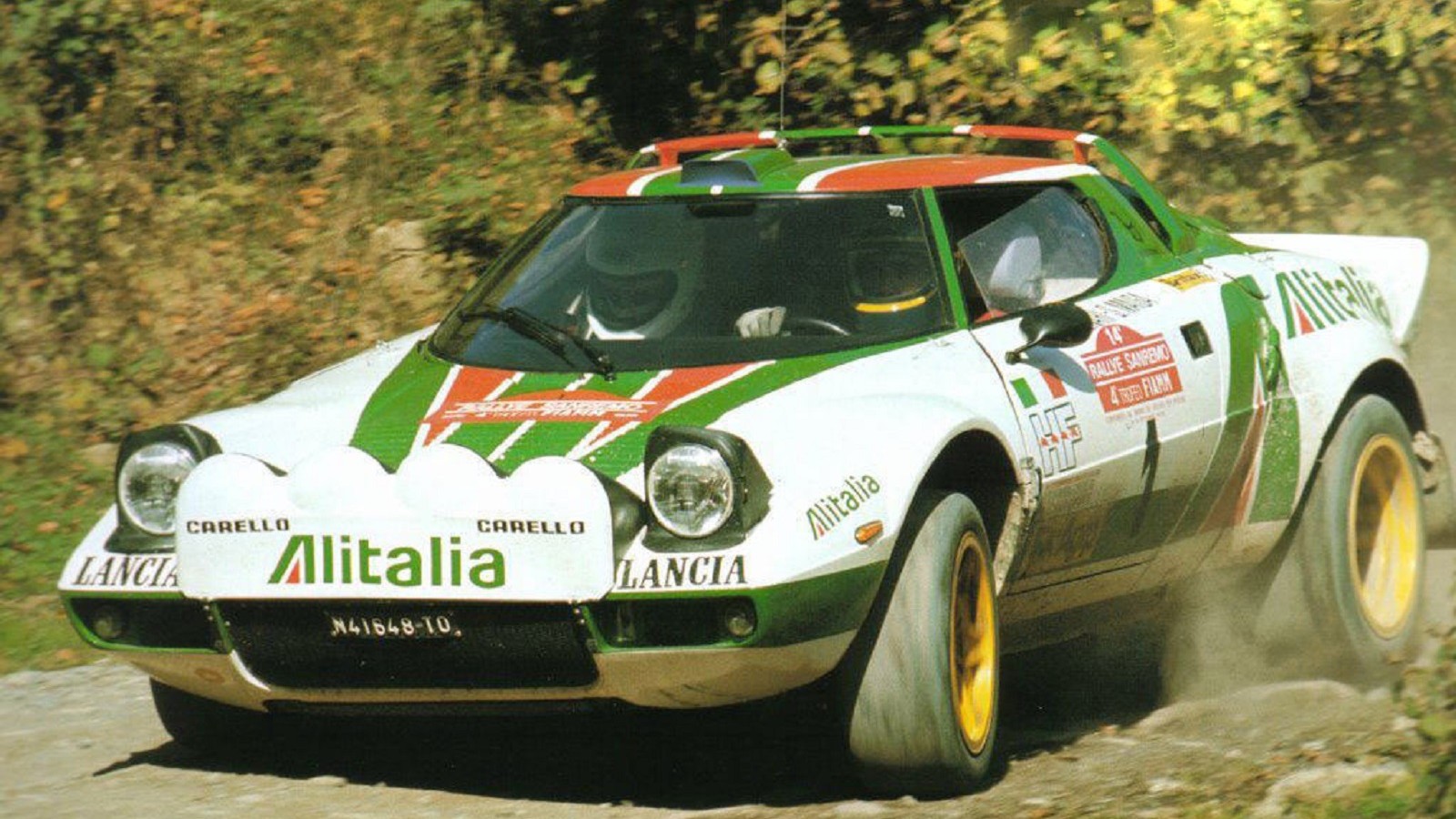 © Stellantis
© Stellantis -
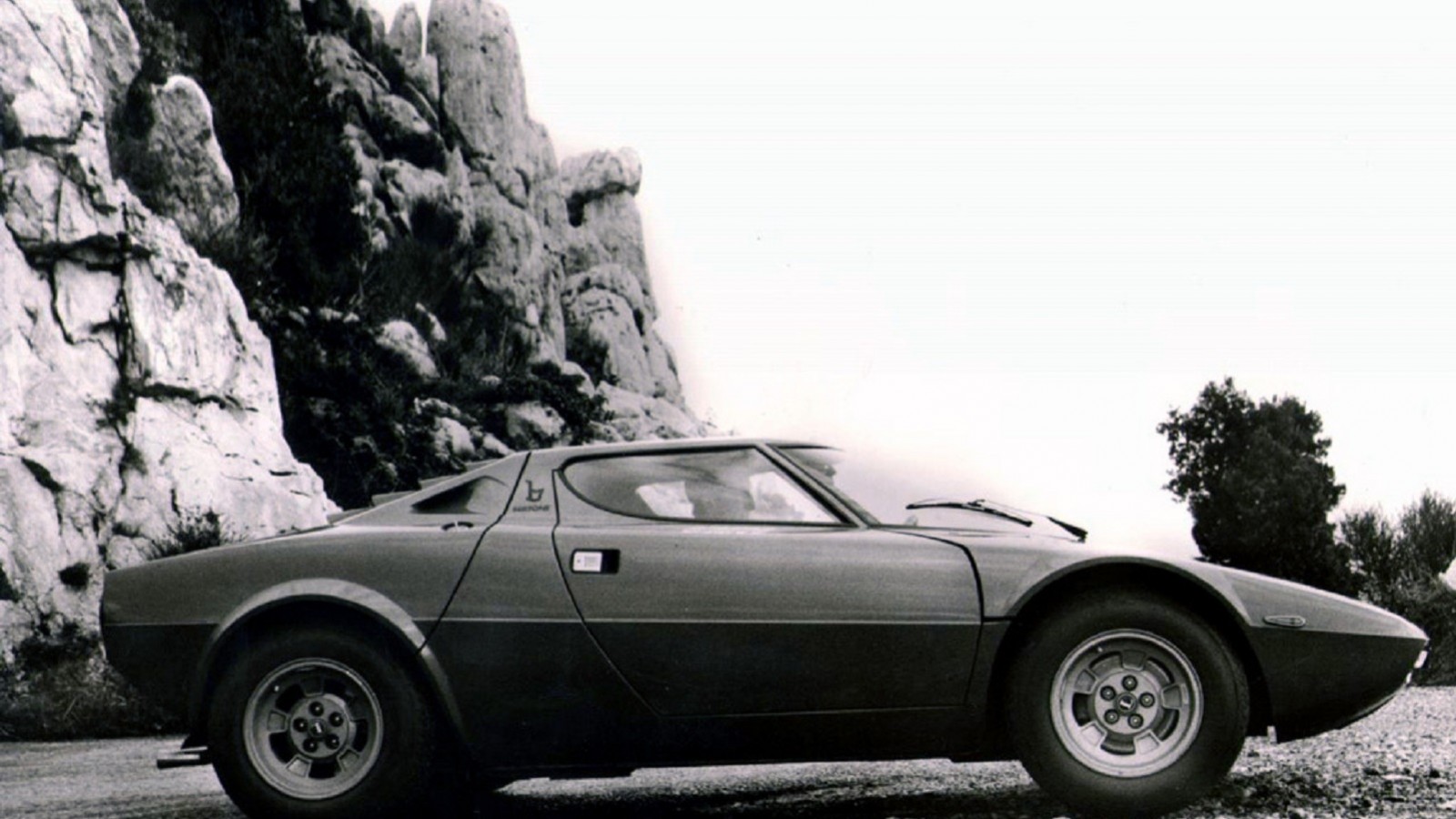 © Stellantis
© Stellantis -
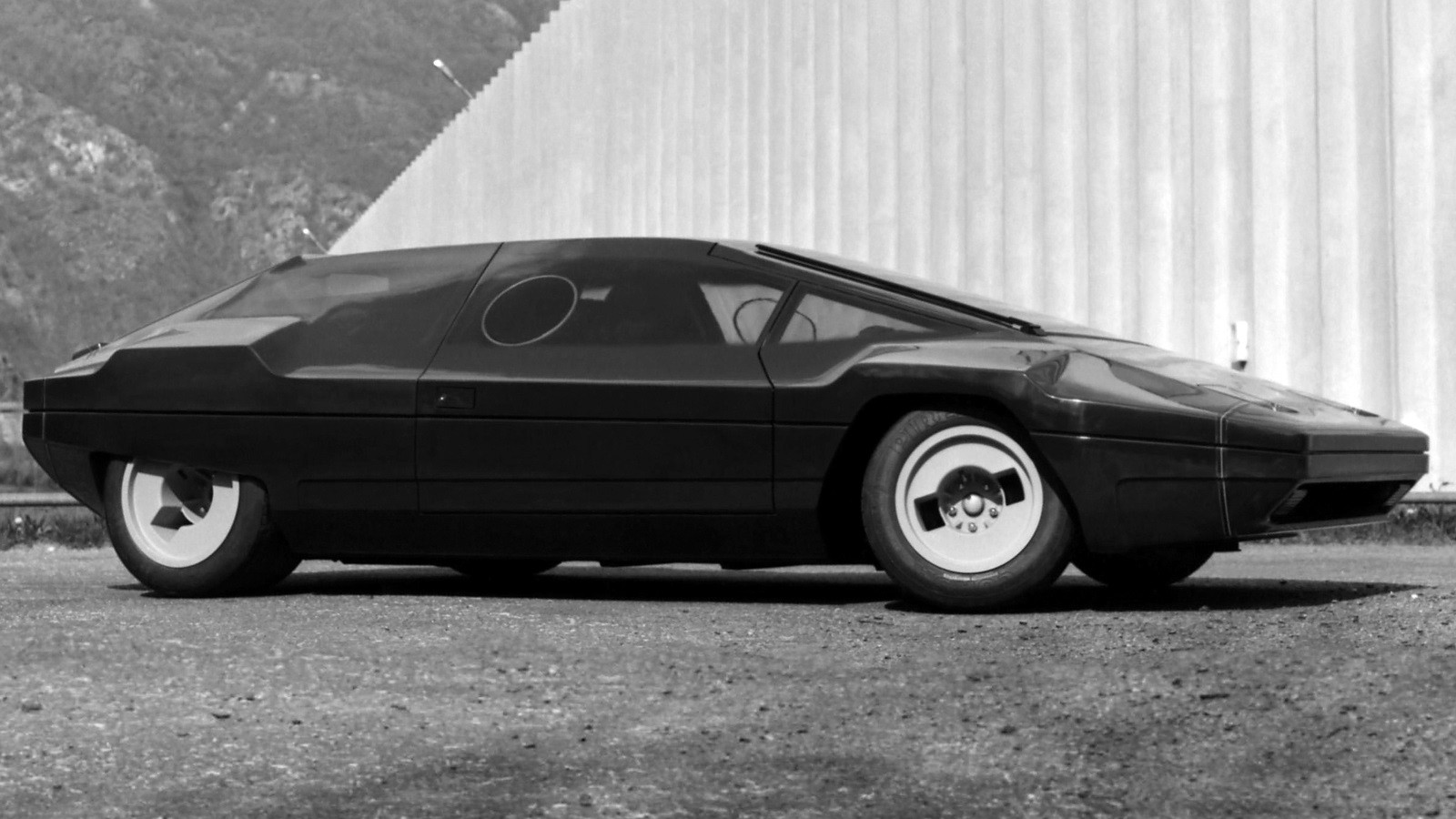 © Bertone
© Bertone -
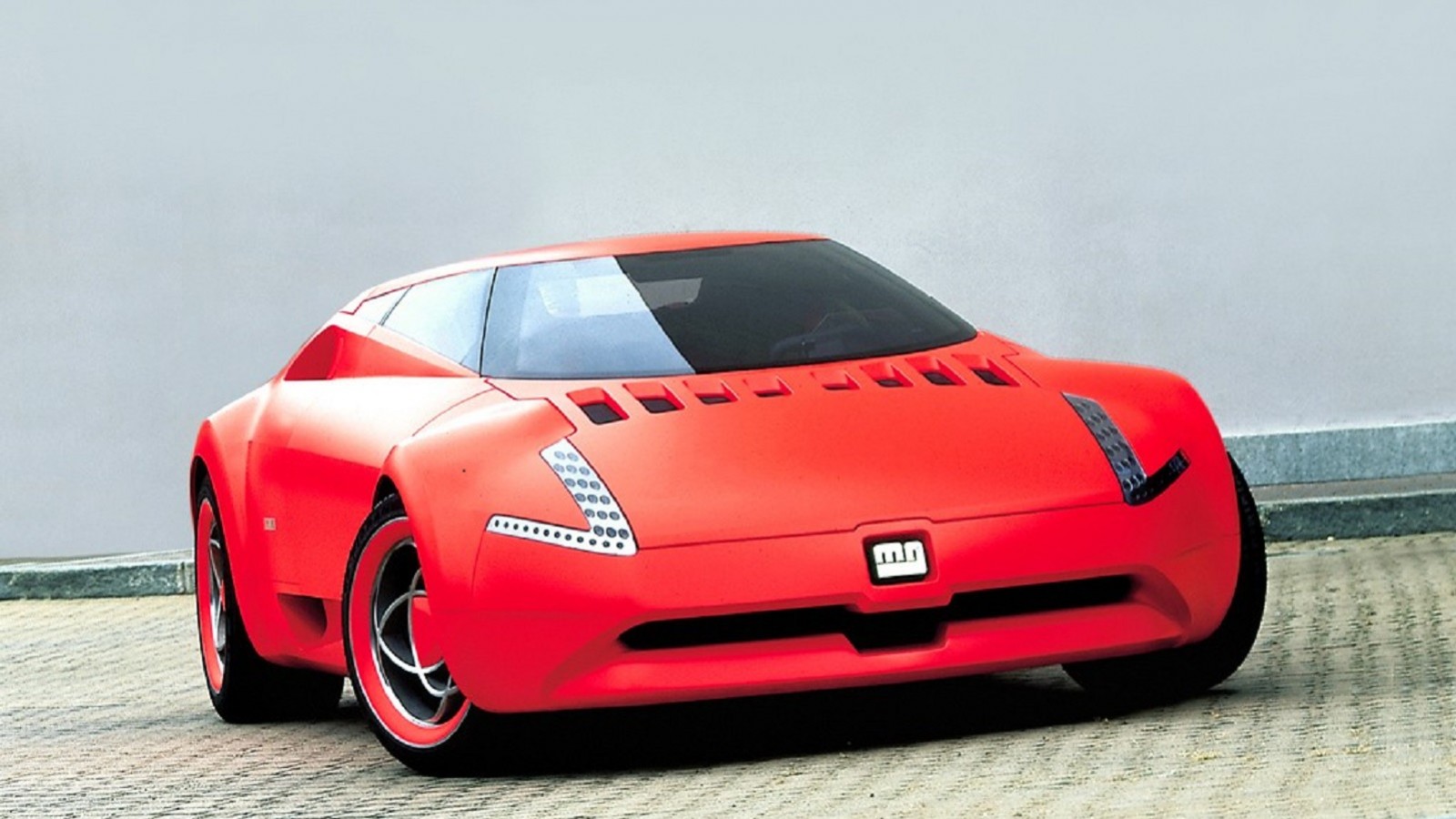 © Lopresto Collection
© Lopresto Collection -
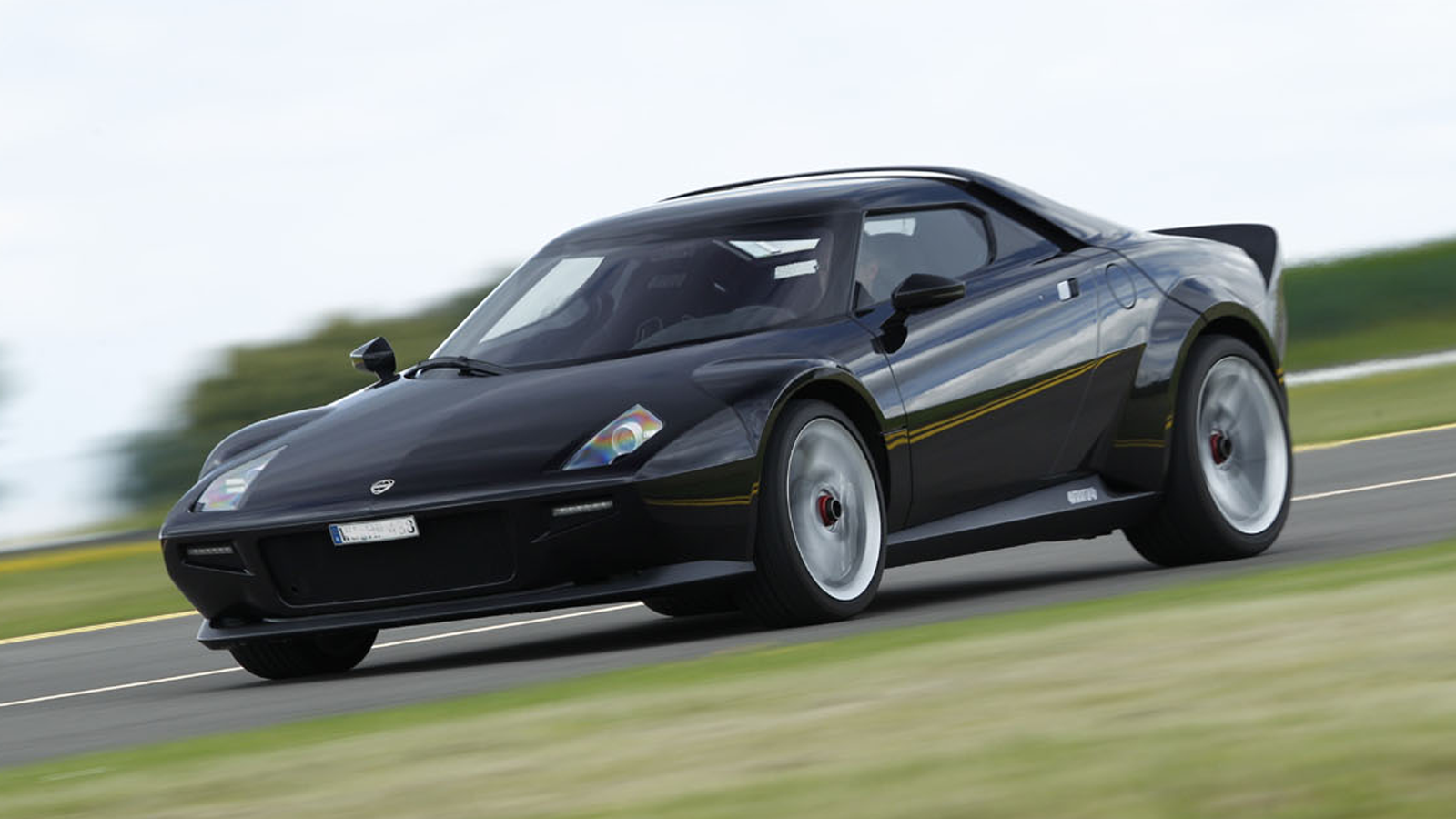 © Haymarket Automotive
© Haymarket Automotive -
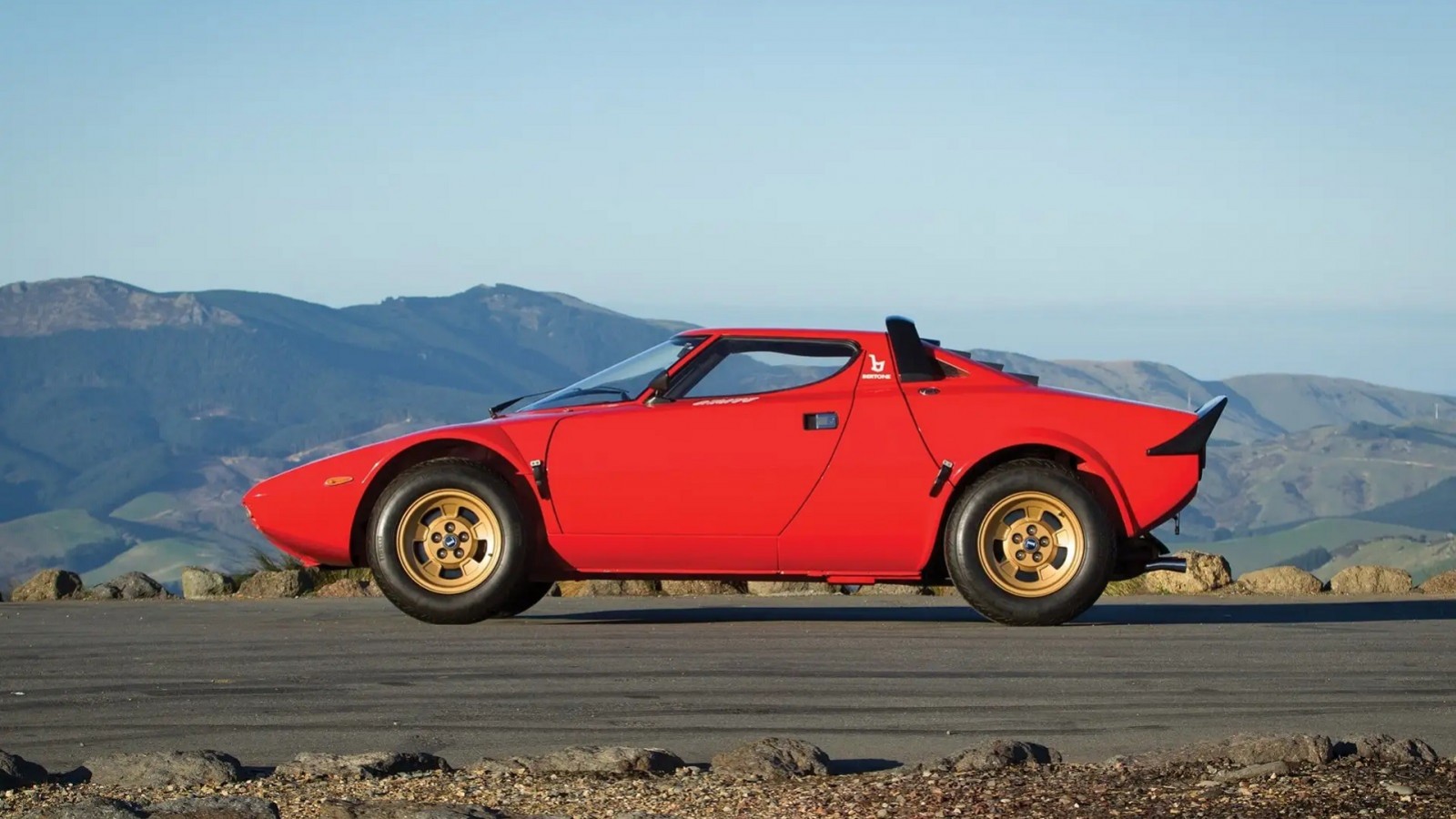 © RM Sotheby’s
© RM Sotheby’s
-
Rally-bred wedge hits its half century
The first true homologation special built to go rallying, the Lancia Stratos is now 50.
Its 1973 launch came after three intensive years of development and was followed by huge success in the World Rally Championship.
Here we will look at how the Stratos came about, its development, and some of what makes this focused wedge such an important and intriguing car.
-
Alfa Romeo Carabo
When Alfa Romeo revealed its Carabo concept car to the world in 1968, little did anyone realise where this would lead.
The Marcello Gandini styling shunned the curves that had so far marked out sports and GT cars, and instead adopted a sharp wedge profile.
Much of the Carabo’s look depended on the huge windscreen and the shape of its doors, though Lancia wisely decided not to carry forward the scissor hinges of the Alfa Romeo concept.
However, the use of a potent multi-cylinder V-angle engine did inspire Lancia to look further afield than its own V4 motor.
-
Lancia Fulvia
Life for the Lancia Stratos could have been very different given how important the Ferrari-sourced V6 engine is to the car’s character and performance.
A crash-damaged Fulvia HF1600 rally car was used by Bertone as the base for its concept car, the Stratos Zero, and the compact V4 engine made sense in such a small package.
Using the Fulvia’s engine would have made sense, too, for Lancia, because it had them to hand and already knew how to make it quick and reliable for rallying.
However, Lancia’s Competition Manager Cesare Fiorio realised Ferrari’s Dino V6 offered the perfect solution to take on the Renault Alpine and Porsche 911 on rallies.
There was also a plan to use the Fiat 132’s 2-litre twin-cam engine in the Stratos, but it lasted little longer in the minds of Lancia’s rally team than the Fulvia option had.
-
Bertone Stratos Zero
The Lancia Stratos’ journey into becoming a serious proposition as a road and race car really got under way with the Zero concept from Bertone.
Styled by Marcello Gandini following his equally extreme Alfa Romeo Carabo of 1968, the Zero was unveiled at the 1970 Turin motor show.
The crowds were wowed by how low the Zero was, emphasised by the size and angle of the windscreen that would inspire the eventual production car.
This vast piece of glass also served as the entrance to the cramped cockpit by hinging up and back. Underneath the rear deck, it was all a bit more humble thanks to the 1.6-litre V4 motor from a Fulvia.
-
Ferrari Dino
The aforementioned Lancia Competition Manager Cesare Fiorio is claimed to have used two Dino 246s to prove the V6 mid-engined layout would work in rallying.
By testing the cars on roads used for Rallye Monte-Carlo, his drivers set times similar to those of the Renault Alpine.
However, Ferrari was initially reluctant to supply engines to the Stratos project that was seen as a rival to Ferrari’s own road car, and only yielded when Lancia said it would approach Maserati for its V8 engine instead.
With the 2.4-litre Dino V6 engine secured, it was used in the roadgoing Stratos with 188bhp, but rally versions made up to c300bhp.
With a 40:60 front-rear weight bias, the mid-engined design of the Stratos gave the rear driven wheels excellent traction.
-
1971 Lancia Stratos HF show car
The Stratos project was moving at speed, because Lancia was keen to use the car in competition.
A result of this fast-paced development was the Stratos HF prototype that was displayed at the 1971 Turin show exactly one year on from the Zero concept car.
Finished in a dazzling red, this show car was very close to how the production model would appear in 1973.
The aggressive wedge shape with pop-up headlights was there, along with the panoramic windscreen and small side windows.
Only the rear lights were changed significantly from the show car when the Stratos morphed into the production version, along with its pronounced and integrated rear spoiler.
-
Rally debut – 1972 Tour de Corse
As part of the Lancia Stratos’ development, it was entered as a prototype in the 1972 Tour de Corse rally under Group 5 regulations.
As well as Cesare Fiorio overseeing this, Lancia’s race driver and engineer Mike Parkes and factory rally driver Sandro Munari were closely involved in this effort to see how the car fared.
Munari drove this very early Stratos, with Mario Mannucci as co-driver. As the first rally car designed from the ground up for this type of motorsport, the Stratos showed promise, but retired from the event with transmission problems.
However, it was enough to convince Lancia to stick with the project and to build the 500 cars required to compete in the Group 4 category.
-
First rally win – 1973 Tour de France Auto
If Lancia was disappointed about retiring from the previous year’s Corsican rally outing, it didn’t show in 1973 when it entered the Tour de France.
The team had already scored a second place on the Targa Florio in May, so expectations were high in September, and the Stratos didn’t let them down.
Driven again by Sandro Munari with co-driver Mario Mannucci alongside, the pair used the Lancia’s nimble size and agility to great effect.
Beating six Porsche 911s, a De Tomaso Pantera and a Ligier JS2 that made up the rest of the top 10 more than repaid Lancia’s faith in its new car.
-
Windscreen design
One of the most striking features of the Lancia Stratos’ exterior is its windscreen.
Not only was this a result of the 1970 concept car, it was a deliberate move to give the driver a broader view on rally stages where the car would often be sideways in corners.
The curve of the windscreen and its depth compensate for the small side windows, which hinge at their rear base with a simple winder mechanism.
The size of the windscreen also helped alleviate the fact the Lancia’s cabin was very small, while the rear window slats looked good, but did little to aid rear visibility for the driver.
-
Production car launched
The roadgoing version of the Lancia Stratos arrived in 1973 and enjoyed huge press and public attention.
With production limited to 500 cars to meet homologation regulations, Lancia wasn’t worried about finding sufficient buyers.
The production Stratos used glassfibre for the front and rear clamshells, rather than the prototype’s aluminium panels.
These panels gave excellent access to the steel chassis, suspension and transmission, which was their purpose to help when servicing a car in the middle of a rally.
-
Lancia Stratos Turbo Group 5
For 1975, Lancia decided to broaden the Stratos’ competition remit and enter a silhouette version in the Group 5 category up against the dominant Porsche 935.
To do this, Lancia fitted a turbocharged version of the Ferrari V6, which developed up to c560bhp.
The Stratos HF Turbo was not as successful an experiment as the rally version. However, it did win the 1974 and 1976 Giro d’Italia races, and came home sixth in the 1975 edition.
A 20th place at Le Mans was the only other finish for this version out of 11 race starts – more on that later.
-
Pirelli rear tyre
As a homologation car designed from the very start to go rallying, the Lancia Stratos posed many challenges, and one of these was its broad rear tyres.
Unhappy with the grip from the tyres available at the time, Lancia tasked Pirelli with creating something better.
The result was the wider Cinturato P7 with reduced sidewall depth that delivered far better grip and durability.
It proved ideal for the Stratos, but unfortunately for Lancia it also proved just the thing for its rivals.
This new tyre also went on to be used for a new breed of supercars such as the Ferrari 308 and the Porsche 911 turbo.
-
Le Mans
As we mentioned earlier, while Lancia enjoyed huge success in rallying with the Stratos, it struggled in circuit racing.
For Le Mans in 1976, a Group 5 HF Turbo version was campaigned by Lella Lombardi and Christine Dacremont, who were the only all-female driver line-up in that year’s event.
The pair drove a good race, but the Group 5 Stratos was not quick enough to challenge for overall honours.
However, it did cover the full 24 hours of the race, and the team finished 20th overall and second in class with 266 laps completed.
-
Lancia Stratos 24v
Lancia had experimented with a 24-valve version of the Ferrari V6 engine in 1973 for the car driven by Jean-Claude Andruet in that year’s Giro d’Italia, but the car crashed out.
The next 24-valve Stratos appeared in a World Rally Championship round in 1975 with Sandro Munari at the wheel.
The new cylinder heads gave the Stratos’ 2.4-litre engine a 40bhp boost compared to the existing 12-valve version.
This new engine could produce as much as 330bhp when coupled with fuel injection for the rally car, while in the circuit-racing versions of the Stratos, these engines were capable of a reliable c480bhp with assistance from a turbocharger.
-
Door pockets
There were few more obvious tells to the casual observer or buyer of a street spec Lancia Stratos that this was a thinly disguised rally car than its door pockets.
These huge scoops were moulded into the lower edge of the door and designed perfectly to hold a race or rally helmet.
In the tight confines of the Stratos cabin, the door pockets provided not just the ideal solution for rally drivers and their navigators to stash their helmets but also, when the door closed, the pocket fitted neatly at the rear of the seat, yet left room at the front of the pocket to carry maps and documents.
-
World Rally Championship success
During a front line World Rally Championship (WRC) career that lasted from 1974 through to 1981, the Lancia Stratos won 18 events outright.
Its first WRC win arrived in 1974 in the San Remo Rally and its last was the 1981 Tour de Corse, which was fitting given this was the first event the Stratos competed on nine years previously.
These wins were enough to give Lancia three consecutive manufacturer titles between 1974 and 1976.
The most successful driver in the Stratos in the WRC was, perhaps unsurprisingly, Sandro Munari with seven victories, followed by Bernard Darniche on four, which includes three Tour de Corse wins.
-
Lancia Stratos production numbers
When Lancia set out to build the Stratos, homologation requirements for rallying at the time demanded the company produce 500 cars.
This would qualify the Stratos for Group 4, plus it went on to be used in Group 5, too.
There is still some debate about the exact number made, but most reckon it’s 492.
By the time Lancia had built the run of cars, interest had tailed off and several cars were still waiting to be sold in the early 1980s at discount prices.
-
Lancia Sibilo concept
Just as the Lancia Stratos had emerged from a concept car, it begat another in the form of the Sibilo.
Built in 1978 by Bertone, the angular Sibilo was based on a Stratos that had its wheelbase stretched by 4in and clothed in an even more low-slung body.
Standout features of the Sibilo were its single windscreen wiper and small porthole-style door windows.
These windows opened electrically and were even less use than those in the original Stratos.
Inside, the Sibilo had a digital dashboard to be as advanced as possible for the period.
-
Stola S81
Marcello Gandini, who styled the original Lancia Stratos, revisited this car in 2000 with the Stola S81.
It was commissioned by Stola, a company specialising in making one-offs and concept cars, but it failed to get the blessing of Fiat so couldn’t use either the Lancia or Stratos names.
Even so, the Stratos influence was clear in the window line and wedge shape of the S81.
It was intended to use a Maserati V8 engine in the car, but it ended up as a static display until it was fitted with an electric motor in 2014 so it could move under its own steam.
-
New Stratos – Ferrari F430 base
There have been many replicas of the Lancia Stratos, but Italian firm MAT (Manifattura Automobili Torino) took the opportunity to update the idea of the Stratos.
Still using a Ferrari engine, MAT based its car around the F430, so all 25 of the production run came with a 4.3-litre V8 engine in place of a V6.
Its creator, Chris Hrabalek, could claim more experience with the original Lancia Stratos than most.
His father, Ernst Hrabalek, had collected many important examples of the Stratos, including the Zero concept car, original HF prototype and a Group 5 Turbo race car.
-
Most expensive Stratos sold to date
The highest price paid for a Lancia Stratos in a public sale, at the time of writing, was at the RM Sotheby’s Monterey auction in August 2014.
The low-mileage, three keepers from new, 1974 car was a matching-numbers example and came with the original owner’s manual, tools and service records.
When the hammer fell, the Stratos sold for $660,000 (£536,00) for this car in its original Rosso Arancio colour.
Given the rarity of the Lancia Stratos and its reputation, it may not be long before this record is beaten.
The closest another Stratos has come since is the 78,100,00 Yen paid for one that had been converted to Group 4 rally specification.
